Tag: ocean
The Blanco Fault Zone Rides Again
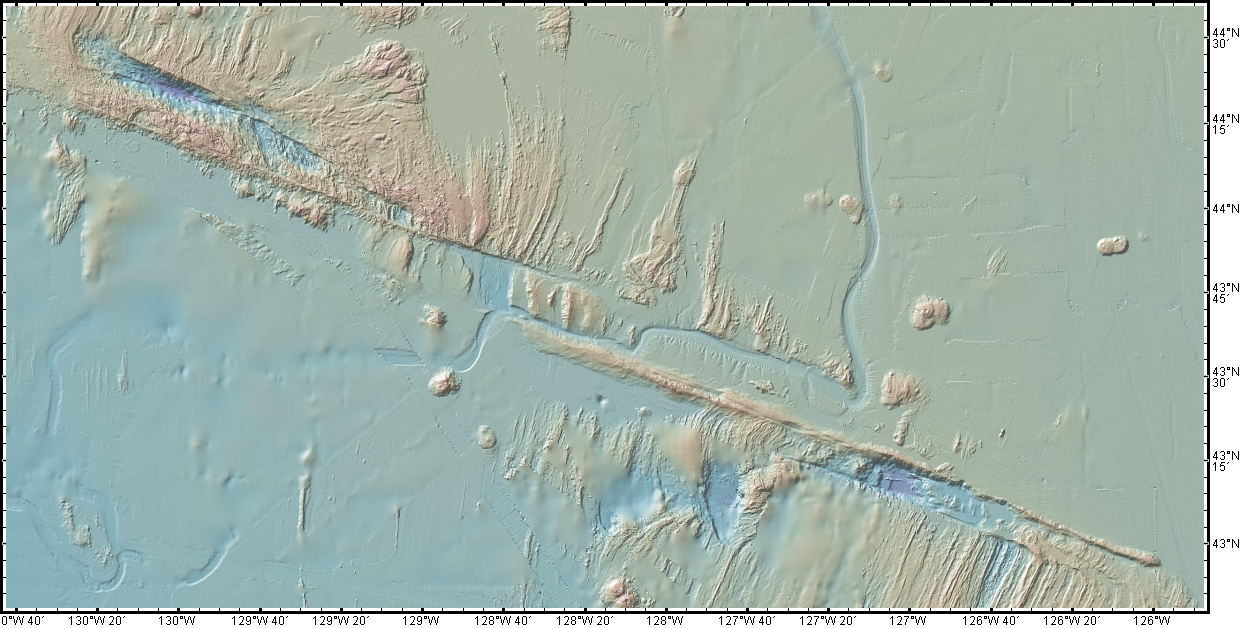
Do we have to do this again so soon? Really? Oh, geez.

Must we really, CNN? Credit: Dana Hunter
I’m not going to link that article, because while it does quote seismologist Harold Tobin up front basically saying nothing to see here, folks, everything’s normal on the Blanco Fault Zone, it also tries to scaremonger. And I’m so over the scaremongering.
Listen. This is the Blanco Fault Zone. Earthquake swarms with many temblors of this magnitude are its specialty. It means absolutely nothing for the mainland. Zip. Zilch. Nada. Read this very good article on Oregon Public Broadcasting, which laid out the facts in beautiful form.
And no, this has utterly nothing to do with submarine volcanoes. No, not even Axial seamount. Dr. Jackie Caplan-Auerbach wrote an entire post explaining how much it’s not that:
There have been a lot of questions about the recent Blanco tranform activity, including whether these are related to volcanic activity in general, and Axial Seamount in specific. The short answer is no, these are definitively not volcanic quakes, but more detail follows.
First, the Blanco Transform fault is the most active fault in the Pacific NW, with very frequent quakes >M5. We can tell that these are normal Blanco faults by their location, by the way they fail (these are strike-slip earthquakes, consistent with the fault’s normal behavior, and happily, the type least likely to generate tsunamis).There is no volcanism associated with transform faults. The nearest frequently active volcano (and the one people most often ask about) is Axial seamount, which is ~300 km from the activity we are seeing on the Blanco this week. This is much too far apart for these features to be associated with one another.
And I swear we all have to do this every dang time.
For anyone who’s been worried that this is the harbinger of something geologically awful in the Pacific Northwest, please be assured that it is not. This is absolutely business as usual on the Blanco Fault Zone. This is what it does. It’s not going to trigger the Cascadia megatsunami. It’s not even going to cause any minor inconveniences to the mainland. Volcanoes aren’t going to be triggered. Literally the only way it’s going to become an issue is if we decide to build a seafloor city right on top of it. Which, knowing humans, someday we will definitely do.
Just a hair over two years ago, my Scientific American article explained why the Blanco should be considered a fun rather than fearsome fault zone. I shall now reproduce that article here, because literally nothing has changed except the date. Please bookmark this to reference whenever someone starts freaking out over the Blanco’s latest antics. It’s all chill, folks. Just enjoy it’s little productions! Because they’re actually entertaining and informative from an earth science perspective, just the way we like our geology. (more…)
Ghostly Geology
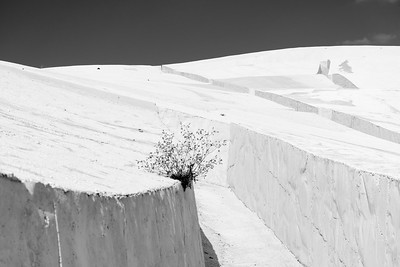
Halloween is here! This is my favorite part of fall: costumes, spooky stuff, decorating in black not only allowed but encouraged…. This is the holiday I was born for.
And I have some geology made for the holiday! This year, the theme is ghosts, and we’re going to visit some very ghostly geology and paleontology indeed.
1. Ghost Shrimp Haunts Ichnologist

This is a different kind of ghost shrimp than the ones under discussion, but it is metal enough for Halloween, so we’re rolling with it. Credit:
Freddie Alequin (CC BY-SA 2.0)
Paleontology isn’t just about bones and preserved bodies: a branch of it, ichnology*, also looks at the things those bodies left behind, like fossilized trails, tracks, nests, burrows, borings, excavations, and even the divots left by pee. In this post, my favorite ichnologist, Tony Martin, talks about a very unusual trace he found that would be even more exciting to find in the fossil record.
Life Traces of the Georgia Coast: Ghost Shrimp Whisperer
Geologists love ghost shrimp, too, because of how their burrows are so numerous, fossilize easily, and are sensitive shoreline indicators. I wrote about this before with regard to how geologists in the 1960s were able to map ancient barrier islands of the Georgia coastal plain by looking for trace fossils of these burrows. Since then, geologists and paleontologists have identified and applied these sorts of trace fossils worldwide, and in rocks from the Permian Period to the Pleistocene Epoch.
I could prattle on about ghost shrimp and their ichnological incredibleness for the rest of the year, but will spare you of that, gentle reader, and instead will get to the point of this post. Just when I thought I’d learned nearly everything I needed to know about ghost-shrimp ichnology, one shrimp decided I needed to have my eyes opened to some traces I had never seen them make before just a few months ago.
*Not to be confused with ichthyology, which has to do with fishies. It’ll help to remember that ikhnos means “track” or “trace” in Greek, while ikhthus means “fish.”
2. Ghosts of Minerals Past (more…)
The Lowdown on LAZE: La Palma Eruption’s Most Recent Hazard
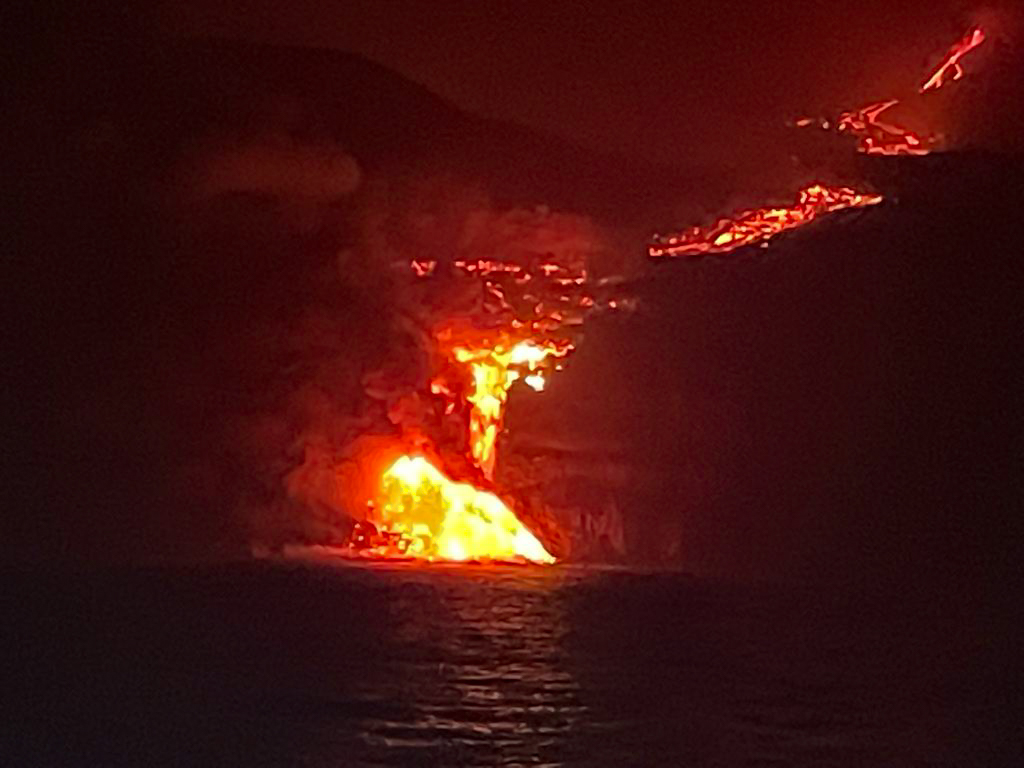
The lava flow from La Palma’s ongoing eruption has reached the Atlantic Ocean. The news is full of people talking about how hazardous this is: you can get all kinds of explosive interactions between water and molten rock. There’s also the little matter of LAZE. Now seems like the perfect time to bring you this article, first published at Scientific American Blogs, telling you what to expect from those dense white plumes.
And I’d also like to take this opportunity to remind you why it’s a terribad idea to sail too close to an ocean entry. Keep your distance!
Kilauea’s most recent lava flows reached the sea over the weekend, and they’ve been beach bumming ever since. Few things are as dramatic as molten rock contending with seawater. We’ll be talking about all the neato things that are happening and that we may see if the eruption continues. We’re starting with LAZE, which in this case isn’t something you do on a hot summer afternoon. It’s this:

A dense LAZE plume rises from the Pacific Ocean during Kilauea’s 2018 eruption. Credit: U.S. Geological Survey
When blazing hot lava meets seawater, the interaction between them boils the water and produces enormous plume of mist, called LAZE (lava haze). These plumes are, of course, mostly water vapor, but they are so much more than that. They’re acidic beasts carrying appreciable amounts of hydrochloric acid, hydrofluoric acid, sulfate anion, carbon dioxide, and nitrogen dioxide, plus traces of volcanic glass and other particles. Even if you could find a safe place near where the lava is pouring into the ocean, you wouldn’t want to be hanging out there without industrial-grade protection.
Sounds super scary, right? Well, it’s concerning. But don’t panic. It, like so many of Kilauea’s other dangers, is something you can protect yourself against with a little common sense and caution. And it’s really pretty neat. (more…)
Sudden Volcanoes, Unstable Ground, and Sublime Rocks: Welcome to the Mediterranean
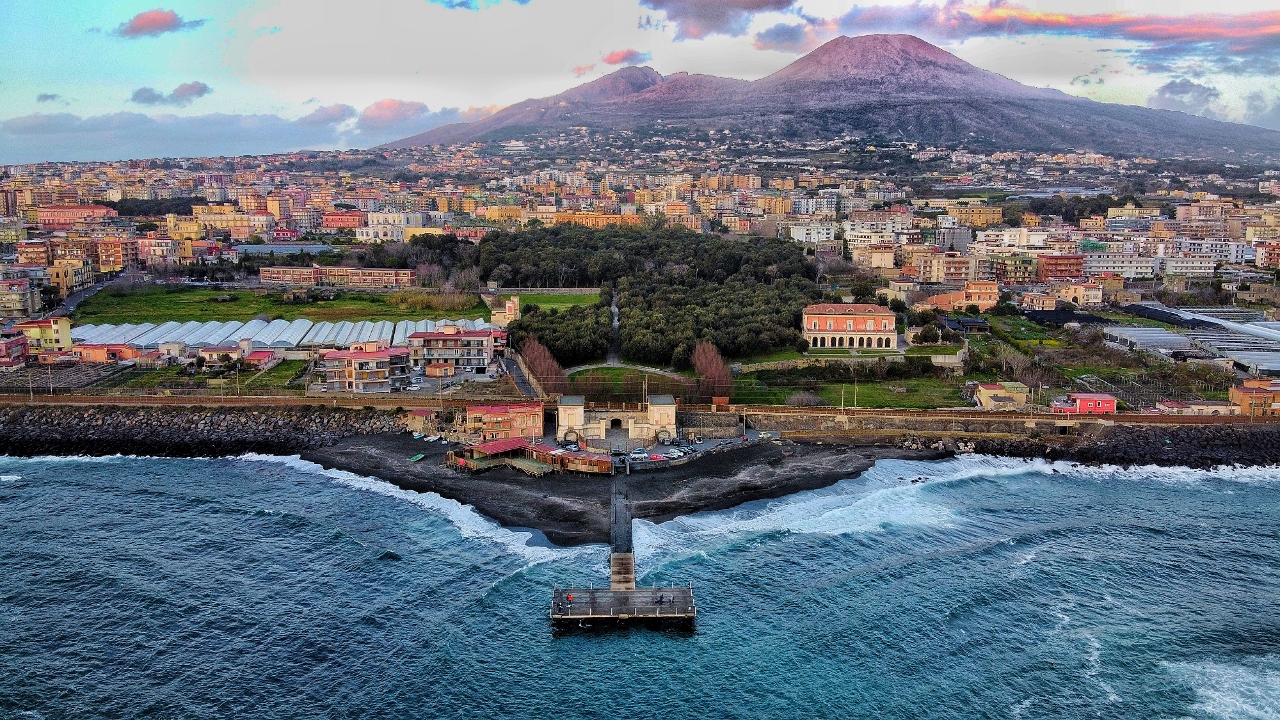
On this day in 1538, a brand-new volcano popped up on the coast of Campania, swallowed the village of Tripergole whole, and pretty much ruined the region’s medical spa industry. And that’s just one of the many astounding things geology has done in the Mediterranean region.
Soundings: A Richly Detailed Prose Map of Marie Tharp’s Life and Legacy
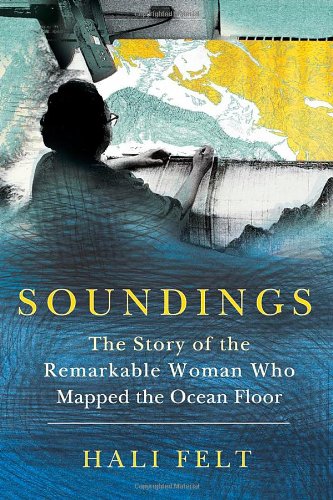
History dislikes remembering science’s founding mothers. So you may have never heard of the mother of the mid-ocean ridge. She was one of the parents of plate tectonics. Her 100th birthday is today. And Hali Felt’s Soundings: The Story of the Remarkable Woman Who Mapped the Ocean Floor is the book you need to read about her.
Hali isn’t an earth scientist, but after immersing herself in Marie’s life and work, you’d never know it. She draws the birth of plate tectonics with as much skill and assurance as Marie drew her remarkable maps. But she doesn’t just tell a science story.
